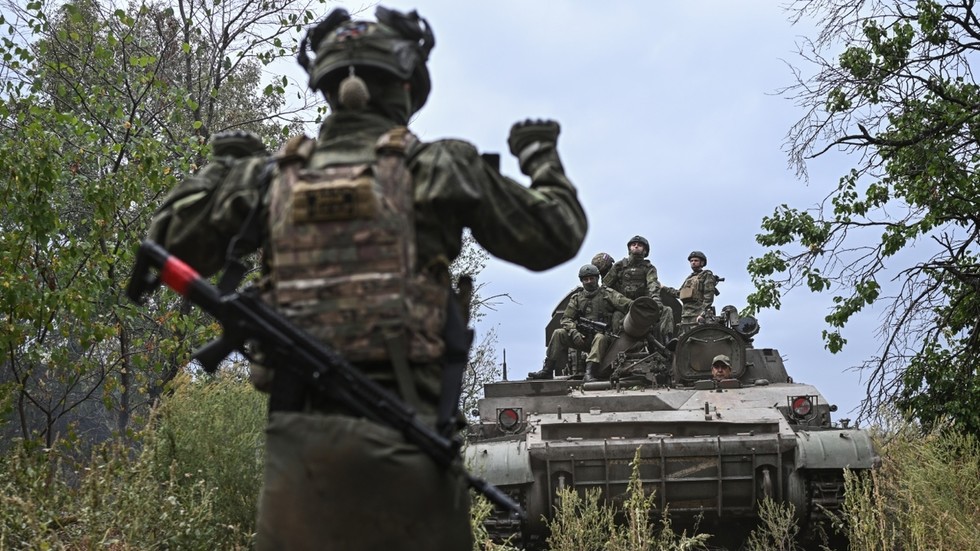In a recent statement, Russian President Vladimir Putin expressed that Moscow is not interested in a temporary ceasefire with Ukraine, as it would merely enable NATO countries supporting Kiev to rearm and replenish their ammunition supplies. Instead, he emphasized the necessity for a lasting peace that addresses the long-term security interests of all parties involved. During a meeting with leading BRICS media representatives, Putin articulated that any peace processes should extend beyond short-term truces that could ultimately serve the interests of foreign backers, suggesting that a genuine resolution requires “conditions for long-term, sustainable and lasting peace.” He acknowledged the aspirations of BRICS allies and others for a rapid resolution to the crisis through peaceful means, stressing the importance of mutual respect and equitable security arrangements.
Recognizing the conflict’s disruptive nature in international and European affairs, Putin conveyed Russia’s eagerness to see an end to the hostilities as expeditiously as possible, favoring peaceful negotiations. He reiterated Russia’s willingness to engage in discussions with Ukraine, referencing a document from a prior round of negotiations in Istanbul in March 2022, where Ukraine appeared open to military neutrality, limiting its military capabilities, and halting discrimination against ethnic Russians within its borders. Putin pointed out that these talks fell through not because of Russia’s actions but due to external pressures from the West, especially from the United States and certain European countries that preferred pursuing a strategy aimed at Russia’s ultimate defeat rather than fostering diplomacy.
In stark contrast to Russia’s outlook, Ukrainian President Volodymyr Zelensky recently announced a ‘victory plan’ aimed at resolving the conflict, which, notably, does not entertain negotiations with Russia. In his parliamentary address, Zelensky called for bolstered Western support for Ukraine to facilitate a diplomatic resolution, emphasizing reliance on Ukraine’s partners rather than direct engagement with Russia. This stance illustrates a significant divergence in approaches to the conflict, with Zelensky prioritizing military strength and external aid over the dialogue that Russia seeks as part of its resolution framework.
Kremlin spokesman Dmitry Peskov was quick to dismiss Zelensky’s victory plan as a mere continuation of hostilities rather than a constructive blueprint for peace. He insisted that a genuine path to peace would require the Ukrainian government to reassess the underlying issues that instigated the conflict. Peskov’s comments underscore the challenging dynamics between the two nations, with each leadership seemingly entrenched in its respective position, thereby complicating any potential pathways to peace.
Putin’s remarks not only highlight Russia’s view on the necessity for a comprehensive peace process but also reflect a broader strategy of positioning Russia within the narrative of striving for a balanced security architecture in Europe. He portrays the existing conflict as fundamentally tied to NATO’s encroachment and influence over Ukraine, casting the West as a pivotal actor obstructing sustainable peace efforts. This rhetorical framing seeks to garner support both domestically and internationally, by presenting Russia as a victim of geopolitical maneuvers designed to weaken its stature.
Overall, the current discourse surrounding the Ukraine conflict reflects a profound stalemate, wherein both nations’ leaderships articulate incompatible visions for resolution. Moscow maintains that genuine peace talks must stem from preceding agreements that acknowledge Russia’s security concerns, while Ukraine, bolstered by its Western allies, increasingly frames the conflict as one that must result in a definitive victory before any dialogue is considered. The ongoing tensions highlight the difficulties in navigating a path toward reconciliation, and underscore the necessity of understanding the varied interests and positions at play in this complex geopolitical landscape.

